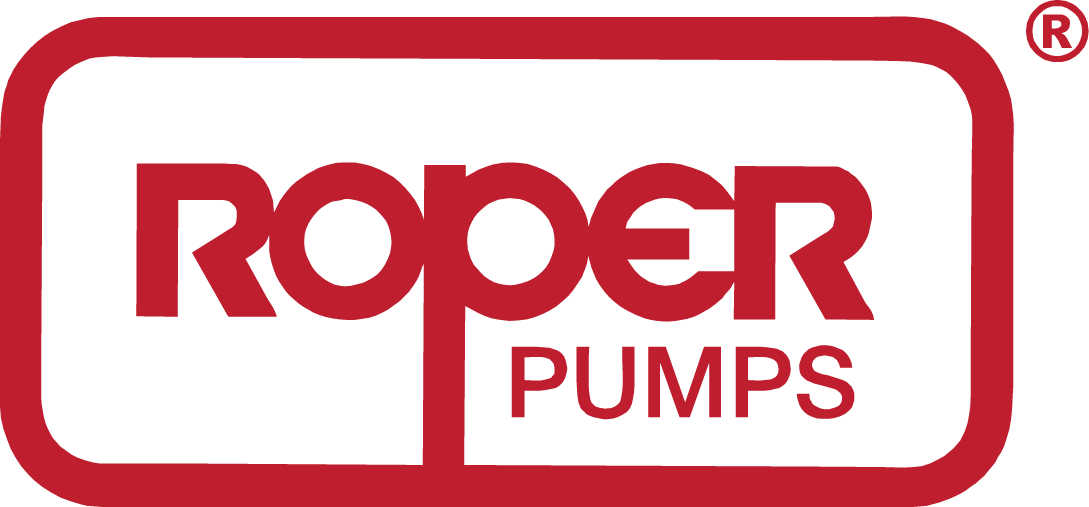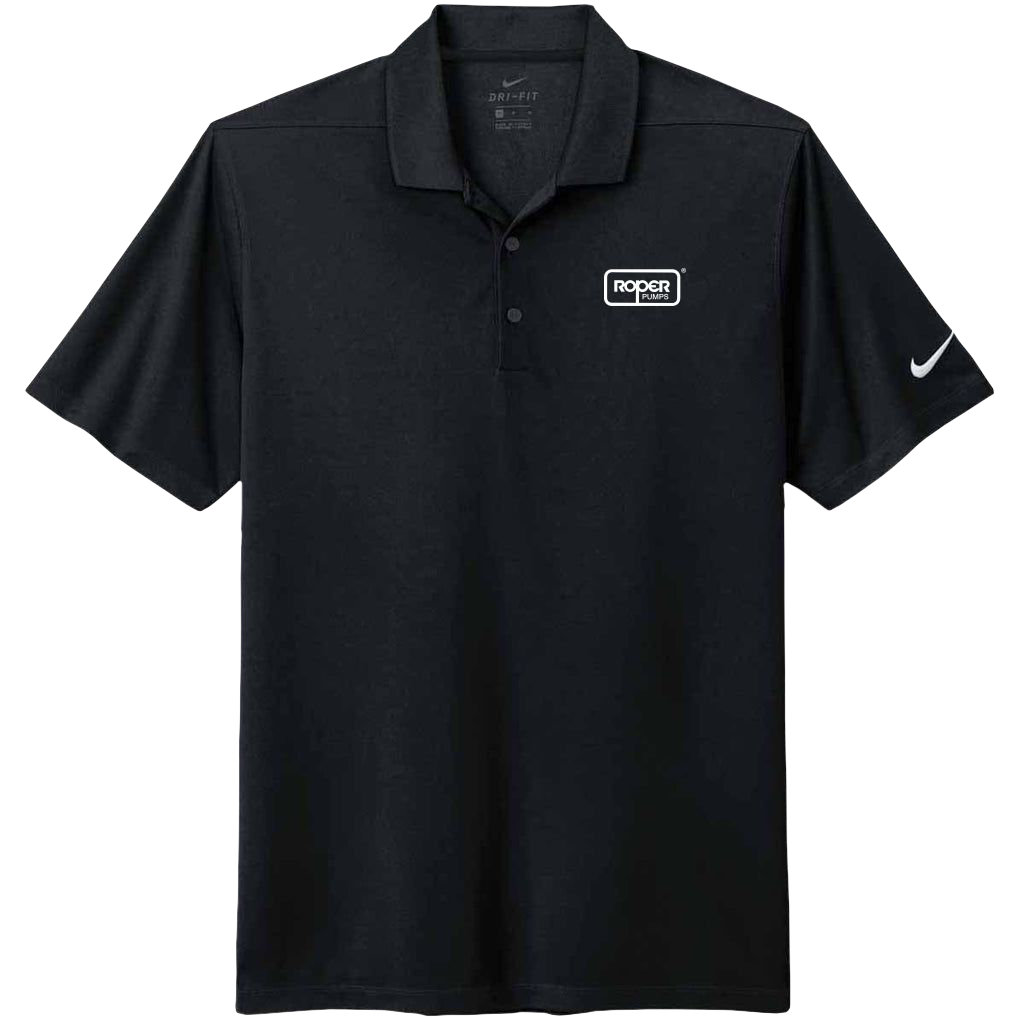Gear pumps are commonly used in various industrial applications to transfer fluids, such as chemicals, oils, and fuels. The 3800 series gear pump is one of the most widely used types of gear pumps due to its ability to handle various types of fluids and its high reliability. However, like all mechanical equipment, 3800 series gear pumps require maintenance to ensure their longevity and reliable performance.
In this blog post, we will provide some tips for maintaining and troubleshooting 3800 series gear pumps to help ensure optimal performance and longevity.
Regularly inspect and clean the pump
Regular inspections and cleaning are essential to maintaining the performance of your gear pump. Inspect the pump for any signs of wear and tear, such as leaks, cracks, or rust. Use a soft brush or cloth to remove any debris or buildup that may have accumulated on the pump.
Monitor fluid viscosity and temperature
The viscosity and temperature of the fluid being pumped can impact the performance of the gear pump. Ensure that the fluid viscosity and temperature are within the recommended range for the pump. If the viscosity is too high or too low, the pump may not be able to effectively transfer the fluid.
Replace worn or damaged parts
Over time, the parts of the pump may wear down or become damaged, affecting the pump’s performance. Regularly inspect and replace worn or damaged parts, such as seals, bearings, and gears.
Properly lubricate the pump
Lubrication is crucial to the longevity and performance of the gear pump. Ensure that the pump is properly lubricated according to the manufacturer’s recommendations.
Address unusual noises or vibrations
Unusual noises or vibrations may indicate an issue with the pump. Address any unusual noises or vibrations promptly to prevent further damage to the pump.
Maintaining and troubleshooting a 3800 series gear pump requires regular inspections, monitoring of fluid viscosity and temperature, replacing worn or damaged parts, proper lubrication, and addressing unusual noises or vibrations. Following these best practices can help ensure the longevity and reliability of your gear pump.


